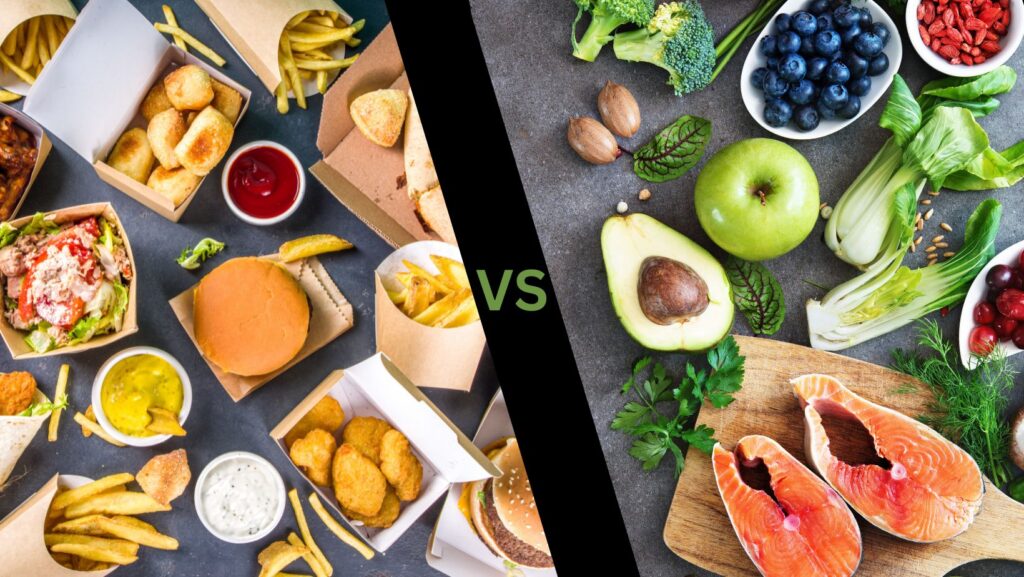The rising tide of obesity remains a critical health challenge. According to a Harvard School of Public Health report, a substantial number of Americans, both adults and children, struggle with obesity, which incurs significant healthcare costs. Despite a plethora of diets and professional advice, real progress seems elusive.
Sugars’ Role in the Obesity Epidemic
Interestingly, our struggle with obesity is not solely due to sugar consumption. While sugary drinks significantly contribute to the epidemic, a decrease in sugar intake hasn’t correlated with a decline in obesity rates. Based on an article by Tom Naughton, sugar can’t be the main driver of obesity, because rates of obesity have continued to rise while sugar consumption has been going down. This points towards a broader issue involving heavily processed foods, including certain oils and refined grains.
New Horizons: GLP-1 Receptor Agonists for Weight Loss
Recent developments in GLP-1 receptor agonists, a new class of weight loss drugs, show promise. These drugs, initially developed for diabetes management, have been effective in weight loss and improved blood-glucose control, with potential benefits for heart health. Yet, they come with challenges, such as side effects and questions about long-term muscle mass health. Most importantly, these drugs might become a lifelong necessity for users, carrying significant financial burdens.
A Comprehensive Strategy Against Obesity
The obesity issue is complex, with societal, behavioral, and nutritional factors all playing a role. A single pill or injection is not a silver bullet for better metabolic health. We must approach obesity with a comprehensive strategy that includes diet changes, physical activity, and a strong connection to nature through minimally processed, plant-based foods.
Reconnecting With Natural Foods
Our bond with natural, whole foods is crucial. Embracing diets that are simple, minimally processed, and close to what nature offers is a step in the right direction. As we consider pharmaceutical solutions like GLP-1 receptor agonists, we need to remember they are only one part of a larger plan. Sustainable weight management also involves reassessing our diets, lifestyle choices, and relationship with food. As Mark Twain said, “History does not repeat itself, but it rhymes.” A deep look into food and dietary history can shed light on our future:
Diet and Lifestyle: Lessons from History
Historical Events | Food Trends of the Time | |
1950-1959 | – Mothers returning to the home after the war effort – Postwar baby boom – Construction of the national highway system | – Packaged meals available – First TV dinner (Swanson), 1953 – Rise of hamburger chains along highways; Oscar Mayer “Wiener-Mobile” |
1960-1969 | – Growing middle class with money to spend – Growing social unrest over the Vietnam War in late 1960s | – Introduction of Julia Child’s French cooking – “Hippies” bring back demand for unprocessed, made-from-scratch foods |
1970-1979 | – End of Vietnam War – Watergate scandal – Growing inflation – Major influx of Asians due to Immigration Act of 1965 | – Continued demand for organic and fresh: “California Cuisine” – Elaborate dinner parties with ethnic dishes – Growing appetite for Asian cuisine |
1980-1989 | – Stock market plummet of 1987 | – “Nouvelle Cuisine” is the thing du jour–diners willing to pay more to eat less – Return to simplicity in late 1980s – Exploration of different tastes (e.g., TexMex, Ethiopian, Southwestern) |
1990-1999 | – Introduction of the Internet puts foods at consumers fingertips – USDA and EU starts legal standards for designating products certified organic | – Everything reduced-fat, low-fat, fat-free – Naturally healthy cuisines (Mediterranean) – Introduction of organic foods to consumers – New movement toward simplicity |
2000-2009 | – Uptake of Internet and dotcoms drives the speed of information exchange – Uptake of natural, organic food markets: Sprouts, Whole Foods Market, The Fresh Market, etc. – Better understanding of food allergy and foods’ impact on health – Non-GMO Project is created | – Introduction of low-sugar diet: high protein and high fat (Atkins diet, paleo diet) – Demand increases over natural, organic, unprocessed whole food – Introduction of specialty foods (gluten free, Non-GMO) – Exploration of Far East tastes (e.g., Japanese, Thai, Korean) |
2010-2019 | – Growth of Amazon – Fast development of information exchange helps consumers to gain insights over food and health – Uptick of social media changes the traditional way of marketing – Political swing becomes more dramatic | – Increased demand for no added sugar, unprocessed food with convenience – Demand over food with health benefits (gut health, antioxidant, anti-inflammatory) – Exploration of exotic tastes – Increased popularity of plant based diet (Food As Medicine) – New movement toward simplicity: clean label and eco-friendly |
2020-2029 | – Increasing demand over plant-based food and consumer products – Policy makings emphasize on sustainability food production and access to healthy food choices – Policy views on the new generation of weight loss drugs | – Food Is Medicine: Demand over food with medical functions such as immunity boosting, stress relief etc. – Simple is better, Green is better – Global + Local co-exist |
Conclusion: Sustainable Approaches to Tackling Obesity
In conclusion, while the allure of a weight-control pill or shot is strong, we must consider the potential side effects and costs against the benefits. Combining medical interventions with natural dietary choices and physical activity is essential for a balanced and effective approach to tackling the obesity epidemic.











